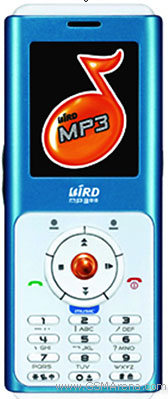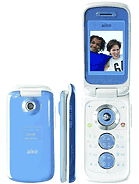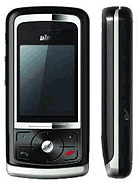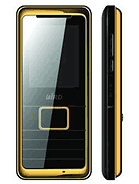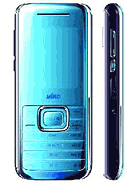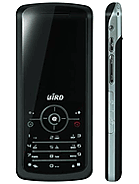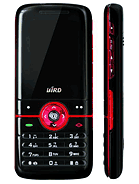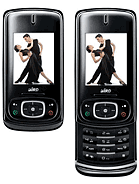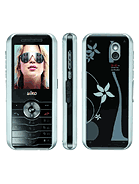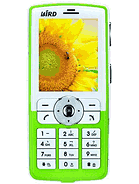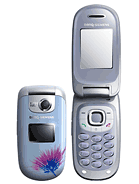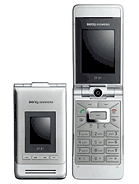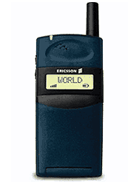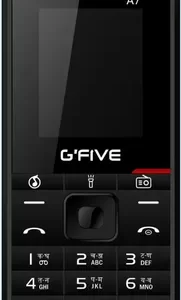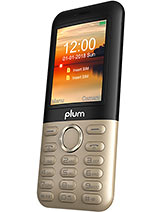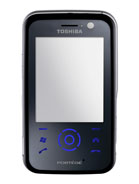Bird MP300 Overall Review
Introduced in Q3 2005, the Bird MP300 marked its presence in the mobile market as a device tailored for music enthusiasts and basic communication needs. The phone featured a TFT display with 65K colors, offering a satisfactory visual experience for viewing content and navigating the user interface. One of the MP300’s standout features was its dedicated music playback capabilities, supported by ample onboard storage of 128 MB for that time, catering to storing a decent collection of MP3 files.
The Bird MP300 was powered by a robust 1620 mAh battery, a significant capacity that promised extended music playback and talk time, a vital feature for users during this period. The device’s design focused on functionality and ease of use, with a form factor that balanced comfort and portability.
Connectivity options were aligned with the era’s standards, focusing on basic call and text functionalities, with some models possibly featuring GPRS for limited internet browsing. The MP300 also included features like predictive text input, a calculator, and voice memo, enhancing its utility as a daily driver.
Bird MP300 Pros and Cons
Pros:
- Large 1620 mAh battery offering long-lasting performance.
- Dedicated music playback capabilities with 128 MB of onboard storage for MP3 files.
- Functional design prioritizing ease of use and portability.
Cons:
- Limited connectivity options and internet capabilities by today’s standards.
- The display and camera features might be basic, reflecting the technological limitations of the time.
- The absence of modern smartphone features like apps, high-resolution cameras, and touchscreens.
